Ball screws, also known as linear ball screws, are mechanical screw actuators designed to convert rotational motion into linear motion and translate torque into thrust. Their ultimate goal is to move devices and parts along a single axis. Read More…
Del-Tron Precision, Inc. produces and supplies various automated equipment, such as ball screw actuators. Our engineers have designed our ball screws to offer accuracy that is unparalelled by competitors.

When it comes to ball screws, no one does them better! We offer same day shipping to ensure that your product will be sent to you as soon as possible in order to keep your business moving smoothly.

For over 70 years, Dynatect has provided motion control solutions for a wide range of markets. Our ball screws are custom-engineered for both OEM and replacement applications. Not only can Dynatect manufacture new ball screw assemblies, we can also reverse engineer, optimize and repair ball screws from almost any manufacturer. All work is conducted in a modern ISO 9001:2015 certified facility,...

For repairs, replacements or manufacturing of new ball screws, Robert’s Ball Screw Repair Services has the expertise and capability to exceed your expectations. We can meet your unique needs by custom tailoring quality acme screws, metric ball screws, ground ball screws and even a ball screw assembly. As industry leaders, we offer same day shipment for stock items to minimize customer downtime.

A world leader in thread-grinding, machining and ball screws since 1958, Thread-Craft draws from its experience to provide the best quality product. Our acme screws, metric ball screws, ground ball screws and rolled ball screws are precisely manufactured and cost-effective and we also have the capability to engineer, design and repair custom ball screws. Let our in-house machinists work for you!

More Ball Screw Manufacturers
Ball Screw Applications
Every engineer studying mechanical design courses is familiar with ball screws. A ball screw operates like a traditional lead screw but uniquely transmits load through ball bearings running in the helical channel. This design is essential for high-precision applications where converting a motor’s rotating motion to linear motion for the payload is required. Using a ball screw is one effective method to achieve this conversion.
Ball screws are mechanical linear actuators comprised of a screw shaft and nut, with a ball that rolls between the helical grooves of each component. Their primary function is to transform rotational motion into linear motion. Ball nuts are employed to transfer forces to a load with accuracy, precision, and consistency, whether the load is stationary or moving.
What makes ball screws unique is the rolling balls in the helical groove, which eliminate mechanical contact within the screw assembly and replace sliding friction with rolling friction. The efficiency of ball screws is determined by their ability to convert the energy used to produce rotational force into linear distance traveled.
Customers choose ball screws for their excellent control and low friction. Many industries depend on ball screw assemblies, including semiconductor, robotics, manufacturing, automotive manufacturing, aerospace, military and defense, nuclear energy, and mechatronics.
Ball screws find applications across numerous industries, including semiconductor manufacturing with stepper motors, robotics, precision assembly equipment, machine tools, and automobile power steering motors. They are also used in missiles and aircraft for moving control surfaces, especially in electric fly-by-wire (FBW) systems. Additionally, ball screws often integrate with other linear motion components, such as carriages, drive units, linear slides, and linear actuators, forming a seamless, accurate, and comprehensive movement system.
Ball screws find their application in:
- Machine tools
- General robotics
- Milling machines
- Food processing equipment
- High-precision assembly equipment
- Industrial robots in manufacturing
- Semiconductor manufacturing equipment
History of Ball Screws
Ball screws came into existence in the late 1800s. Prior to their invention, people relied on lead screws for moving loads. These lead screws were screw and nut assemblies consisting of a threaded screw shaft and a nut. Unlike lead screws, ball screws incorporate ball bearings into the nut. This ball nut reduces friction and enhances efficiency.
Engineers initially crafted ball screws to aid in the linear motion load feeding of press machines. Although they proved effective, there wasn’t a standardized design. Inventors worldwide filed numerous patents for ball screws during the late 1800s and early 1900s. For instance, in 1874, an American named C.W. Crenshaw patented his “screw-press” mechanism design. Similar ball screw mechanism patents were also recorded in Germany (1879) and Great Britain (1909), among others.
Despite the widespread interest from engineers, ball screws did not prove useful or consistent until around World War II. During the war, manufacturers began installing ball screws in airplanes. About a decade after the war, in 1955, General Motors started using ball screws in automobiles to assist with front wheel steering. Then, in the 1960s, manufacturers began using numerically controlled (NC) machinery, the predecessors of computer numerically controlled (CNC) machinery. To ensure smooth operation, they used ball screws as load feed components.
Nowadays, with the advancement of technology, ball screw designers are creating increasingly precise devices. Thanks to precision screw forming (PSF) processes, the production of inferior products, such as lopsided or off-center ball screws, has significantly decreased.
Using automated equipment, computer programs, and specialized sensors, they can efficiently locate the center of a steel rod intended for machining or rolling into a screw. This same technology allows for improved cutting and grinding of the material, resulting in more precise and consistent ball screw threading. Superior threads and grooves enable ball bearings to operate more smoothly and quickly. Moreover, with the aid of computer or operator supervision, the ball nut and load carriage of an assembly can be more precisely controlled. This results in fewer glitches, smoother movements, and quieter operations. As time progresses, we can anticipate continuous improvements in ball screw performance.
Ball Screw Materials
Choosing the right materials for ball screws is essential to guarantee their durability, reliability, and performance. Typically, ball screws consist of the screw shaft, ball nut, and balls. The screw shaft is usually crafted from high-quality alloy steel, such as chromium-molybdenum steel. This type of steel provides excellent strength, hardness, and wear resistance, ensuring the screw shaft can endure high loads and repetitive motion without deforming or breaking. Meanwhile, the ball nut, tasked with transferring rotational motion, is typically crafted from materials like brass or steel. These materials offer excellent strength and rigidity, allowing the ball nut to engage effectively with the screw threads and maintain long-term accuracy. Additionally, the balls within a ball screw are usually made from high-grade bearing steel or ceramic materials. These materials boast exceptional hardness, smoothness, and resistance to wear. The precise and consistent shape of the balls minimizes friction and backlash during operation, enhancing efficiency and positional accuracy. In summary, the materials chosen for ball screws ensure they can withstand high loads, maintain precision, and deliver long-lasting performance in various mechanical applications.
Main Components of a Ball Screw
Following are the three main components of a ball screw:
Screw Shaft: The screw shaft is the part of the ball screw that receives rotational force, causing it to revolve around its axis and transform into linear motion. At one end of the shaft, a motor provides the necessary rotational power.
Nut: The ball bearing and its recirculation system reside within a cylinder, functioning as the ball screw’s nut. Inside this nut, there are ball grooves designed to align perfectly with the grooves on the screw shaft.
Ball Bearing: The most prominent parts of a ball screw are the ball bearings, often referred to as the balls. These ball bearings travel within the clearance between the nut and the shaft, functioning as components that reduce friction. They are typically made of steel.
Ball Screw Considerations and Customization
When designing ball screws and ball screw assemblies, we consider various factors such as the type of load (static vs. dynamic), the weight of the load, the required critical speed (the speed that triggers the screw’s natural frequency), the mounting type, the environment (potential exposure to dirt, dust, and other contaminants), temperature, frequency of use, and the required accuracy.
Considering these factors, manufacturers make decisions about materials, ball nut shape (rounded nut, flanged nut, or custom nut), protective coatings, lubrication, ball nut size (ball circle diameter), screw diameter (root diameter, pitch, lead, etc.), the screw’s load direction, and the type of mounting. During the design process, they determine whether to create a preloaded ball screw system. Preload is a positioning method that enhances assembly rigidity by removing the clearance between the ball nut and ball screw. This process eliminates the backlash and deflection typically associated with carrying large loads. Manufacturers generally achieve preload by using oversized balls, adjustable nuts, or by tensioning two single nuts.
In addition to our standard configurations, buyers can request ball screws tailored to their specific needs. Custom ball screws provide the assurance of seamless productivity and compatibility. Popular customizations include various ball diameters, unique screw diameters, metric system conversion (mainly for international use), single or double ball nuts, specialized screw ends, and personalized nut designs.
Ball Screw Features
Ball screws consist of two main components: a screw shaft and a ball screw nut. Ball bearings run up and down the helical grooves of the screw. For proper functioning, the threading of the nut must match the threading of the screw. Together, the nut and the threaded screw form a ball screw assembly, which generates torque and thrust. It’s important to note that the nut is a non-contact ball, operating without ever physically touching the screw shaft.
This movement starts with ball bearings rolling in the grooves of the threads, creating a smooth motion while also generating rolling friction. Next, the ball bearings encounter a deflector positioned inside the nut’s ball return system. This deflector redirects the ball bearings to the opposite end of the nut, allowing them to continuously recirculate.
Types of Ball Screws
To meet the diverse needs of their applications, ball screws come in multiple configurations, including miniature, rolled, ground, and precision types.
Miniature ball screws are popular for use in lasers, gauge measurement devices, semiconductors, medical instruments, and other small devices requiring smooth and precise linear motion.
Rolled ball screws, or roll ball screws, get their name from their formation process: starting as blank metal workpieces, they are shaped through cold screw rolling. These rolled ball screws boast impressive positional precision, accurate to several thousandths of an inch per foot. The threads are formed by cold work deformation, where the uncut blank shaft is passed through rotating tool dies, leading to substantial plastic deformation that produces a high-strength screw shaft. Compared to ground screws, rolled screws are more cost-effective and simpler to manufacture.
Ground ball screws, known for their exceptional precision, are crafted through a three-step process: machining to a rough shape, case hardening, and grinding. The grinding occurs on high-speed machines coated with abrasive materials. This process endows the finished screws with the capability to endure temperatures that would typically cause distortion and reduce efficiency. Ground ball screws are ideal for applications demanding both high precision and high stiffness.
Precision ball screws encompass a broader category of ball screws designed to achieve exceptionally high levels of accuracy.
Lead screws, though not technically ball screws, are sometimes classified in the same category due to their ability to convert rotational motion into linear motion. Comprising a threaded screw shaft and a nut, lead screws generate friction through sliding rather than the rolling action typical of ball screws. Because of this reliance on sliding action, lead screw assemblies exhibit a relatively low efficiency, ranging from 25% to 75%. Lead screws typically feature either an acme screw design or a trapezoidal lead screw design, each characterized by its unique threading pattern and shape.
Ground screw threads are crafted through an abrasive process. A coarse abrasive cutter shapes the metal, carving out the grooves while the blank shaft remains horizontal. The resulting grooves are smoother compared to those of rolled screws. This method yields high-precision ball screws, albeit at a higher cost and slower production rate.
Return-pipe type ball screws are designed with an exterior tube extending from the nut’s wall, guiding the balls back to their starting position. The return tube directs this flow, aided by fingers attached to the tube’s ends, ensuring smooth entry and exit for the balls. A tube retaining bracket supports the return tube along its length, making assembly and disassembly straightforward.
Advantages of Ball Screws
Ball screws offer numerous advantages that make them highly beneficial for various applications. They boast efficiency levels of up to approximately 90%, significantly higher than those of lead screws, all while maintaining low energy consumption. Their precise tolerances, ability to withstand high thrust loads, and low friction levels make them exceptionally reliable. Additionally, they operate at low temperatures, contributing to the longevity of systems. This efficiency and durability make ball screws a cost-effective investment. Regardless of their configuration or whether they adhere to American or metric standards, ball screws are a valuable asset for manufacturers and engineers.
Ball Screw Accessories
Several specific ball screw accessories enhance the performance and versatility of ball screws. Screw jacks, for instance, convert rotary motion into linear motion and are commonly used in applications requiring heavy load lifting or precise positioning. Screw support bearings provide axial and radial support to the ball screw shaft, minimizing deflection and maintaining stability during operation. These bearings come in various configurations, including angular contact bearings, deep groove bearings, and thrust bearings, depending on the specific load and speed requirements. Additionally, recirculation caps are used in conjunction with ball nut assemblies. They guide the recirculating balls back into the ball nut, ensuring smooth and efficient motion. Furthermore, mountings like flanges and brackets secure the ball screw assemblies in place, enabling easy installation and integration into various systems. Extra ball nuts are available to serve as backup or replacement components, allowing quick and convenient interchangeability and minimizing downtime during maintenance or repair. Proper lubrication is vital for ball screw performance, and lubricant accessories like fittings and oil seals ensure optimal lubrication, reducing friction and wear. Additionally, wipes such as lint-free cloths or swabs are handy for cleaning and maintaining the ball screw components, removing contaminants and extending their lifespan. Together, these specific ball screw accessories contribute to the smooth operation, longevity, and adaptability of ball screws in diverse applications.
Proper Care of Ball Screws
A well-maintained ball screw, properly lubricated and free from interferences like dust, will prove to be an essential component in many operations. Establishing a regular cleaning schedule is crucial, and usually, a simple wipe-down will suffice. To determine the best lubricant for your ball screw assemblies, consult your supplier. For added durability, consider preloading your ball screw assembly, as preloaded assemblies offer increased rigidity, beneficial for certain systems. If you’re uncertain about preloading, discussing it with your supplier is advisable.
To keep our ball screw assembly in top condition, we should test the ball nut component to ensure proper alignment. Misalignment can lead to significant damage to the ball screw. Additionally, it’s best to leave our ball screws in their packaging until we’re ready for installation, as dust can negatively impact their performance. For long-term storage, rotating the ball screws every few months helps to maintain even oil distribution.
Ball Screw Standards
The standards that your ball screws must adhere to vary based on your industry, application, machinery, working environment, and location. Common standards for accuracy, ball screw dimensions, and load tolerances are provided by organizations such as the ISO (International Standards Organization) and equivalent national bodies. Examples include DIN (Deutsches Institut für Normung or German Institute for Standardization), BSI (British Standards Institute), JIS (Japanese Industrial Standards), ANSI (American National Standards Institute), and SCC (Standards Council of Canada), among others.
Choosing the Proper Ball Screw Manufacturer
To ensure we achieve the best results when purchasing ball screws, it’s essential to compare several companies using our directory of ball screw manufacturers. Each manufacturer has a business profile page that highlights their expertise and capabilities, along with a contact form for direct communication. This allows us to ask questions or request quotes easily. By using our patented website previewer, we can quickly learn what each company specializes in. Finally, we can use our straightforward RFQ form to reach out to multiple ball screw businesses simultaneously.


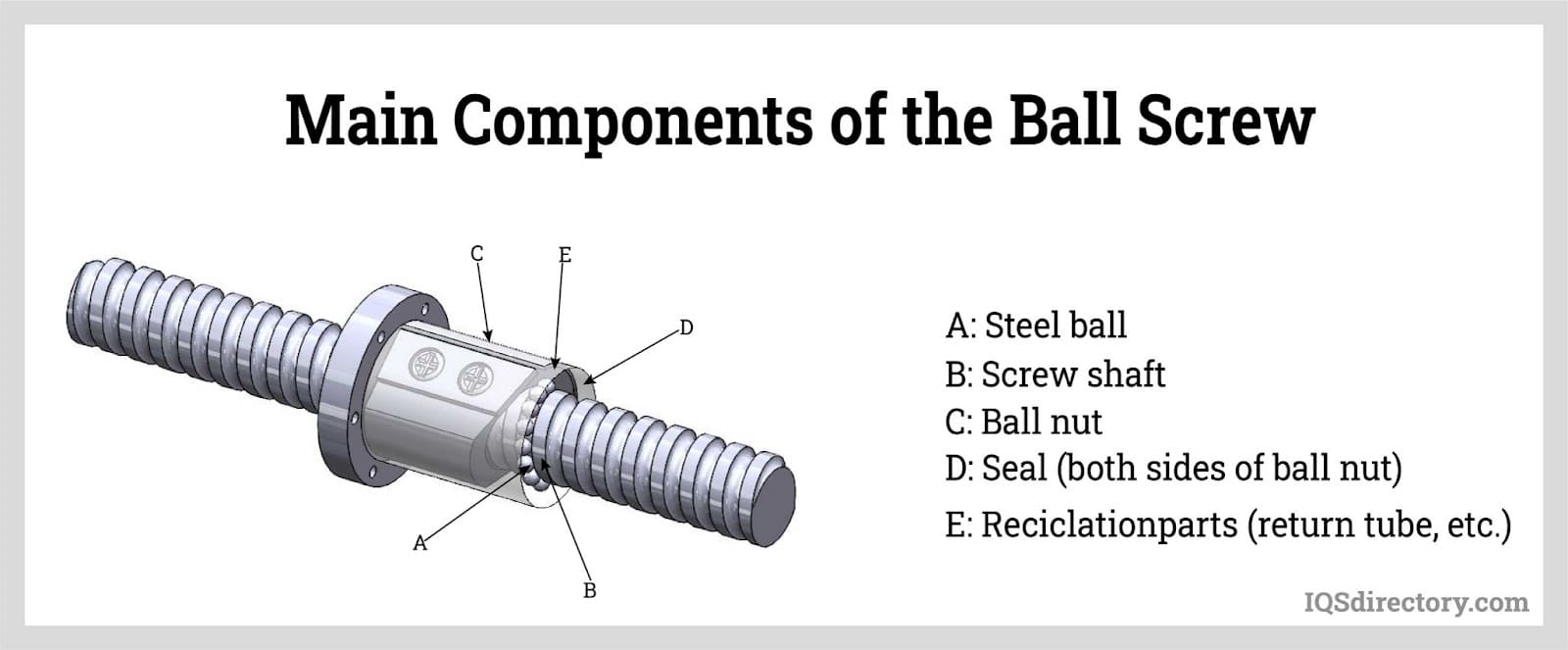
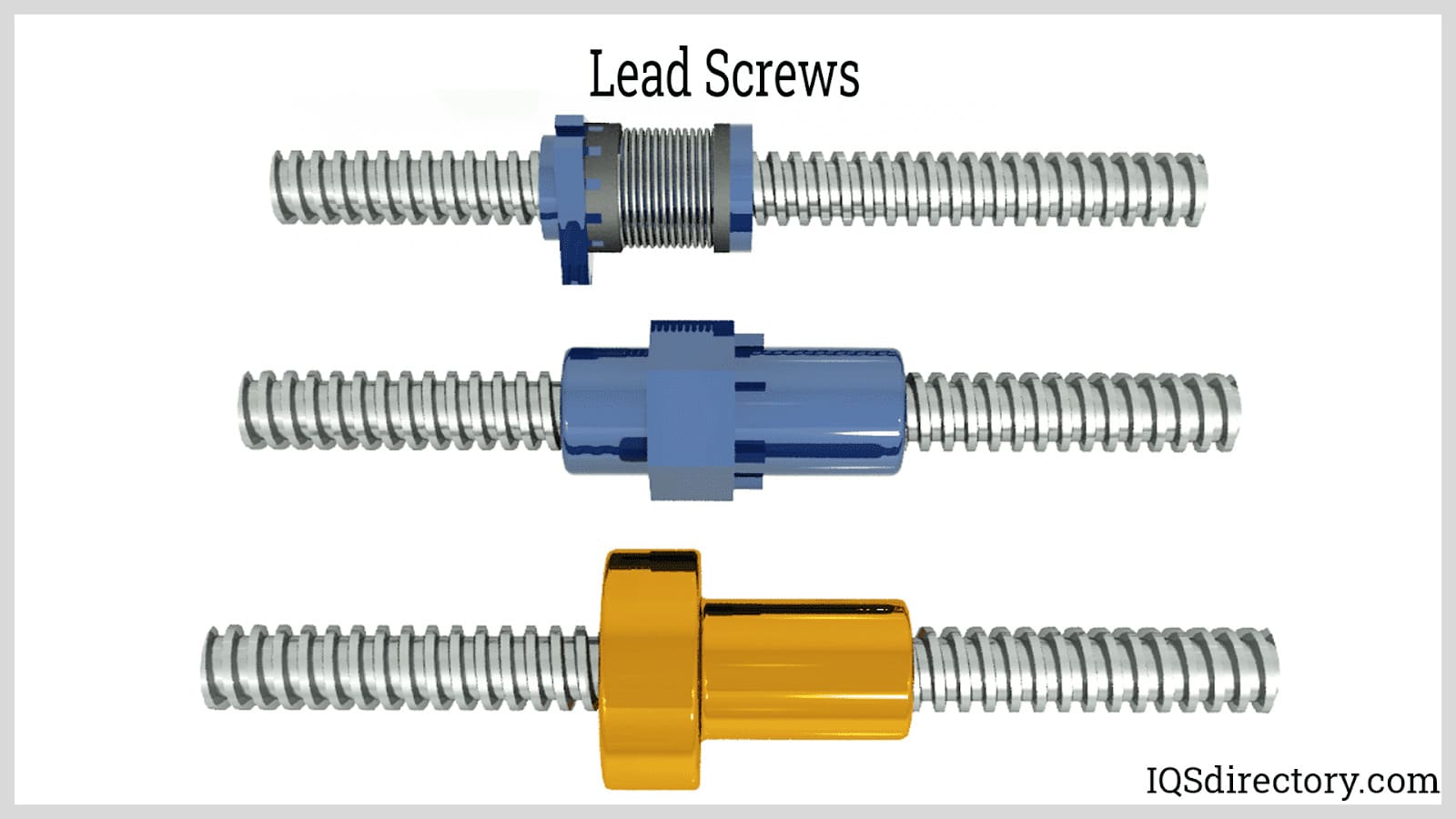
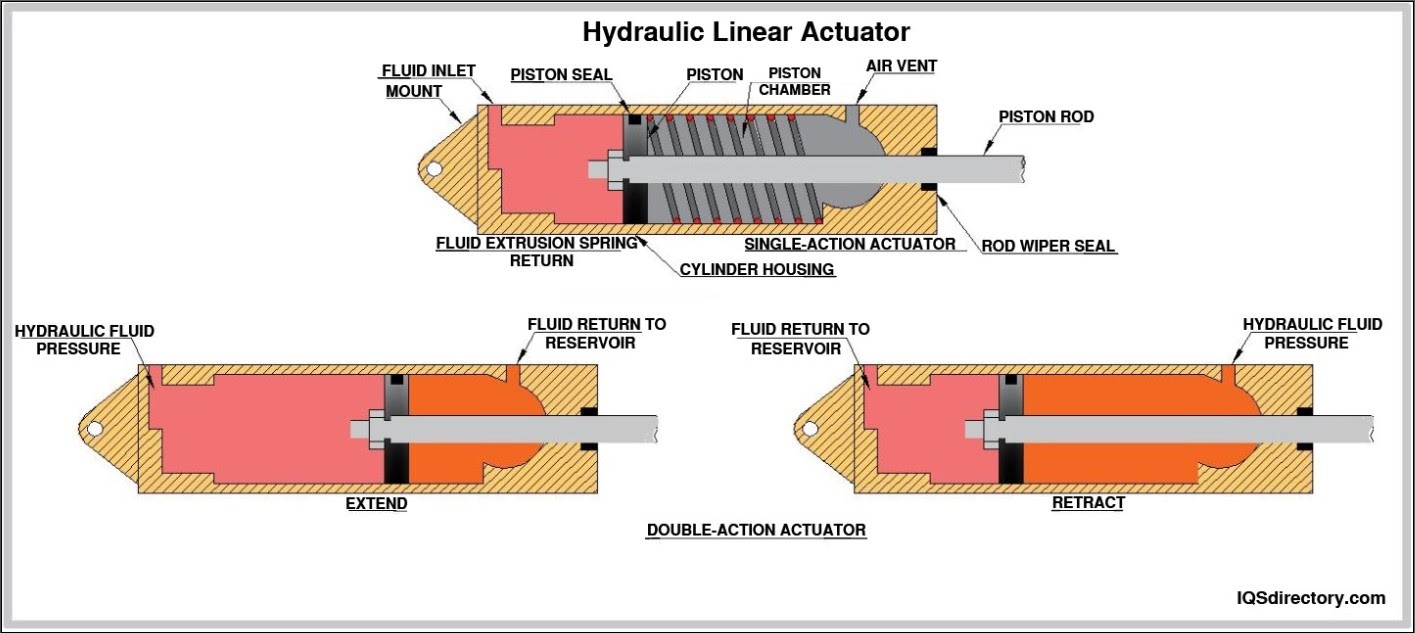
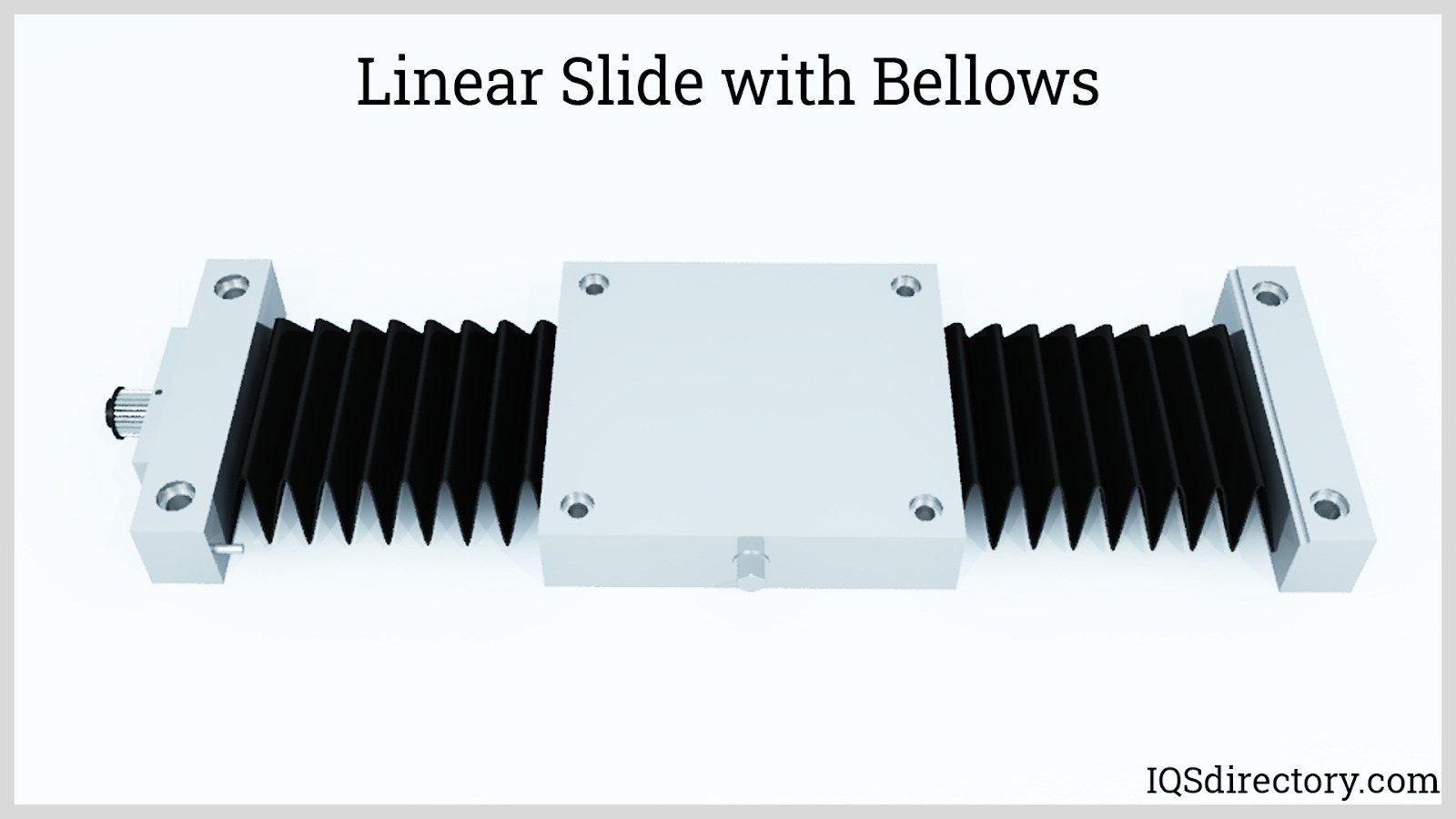
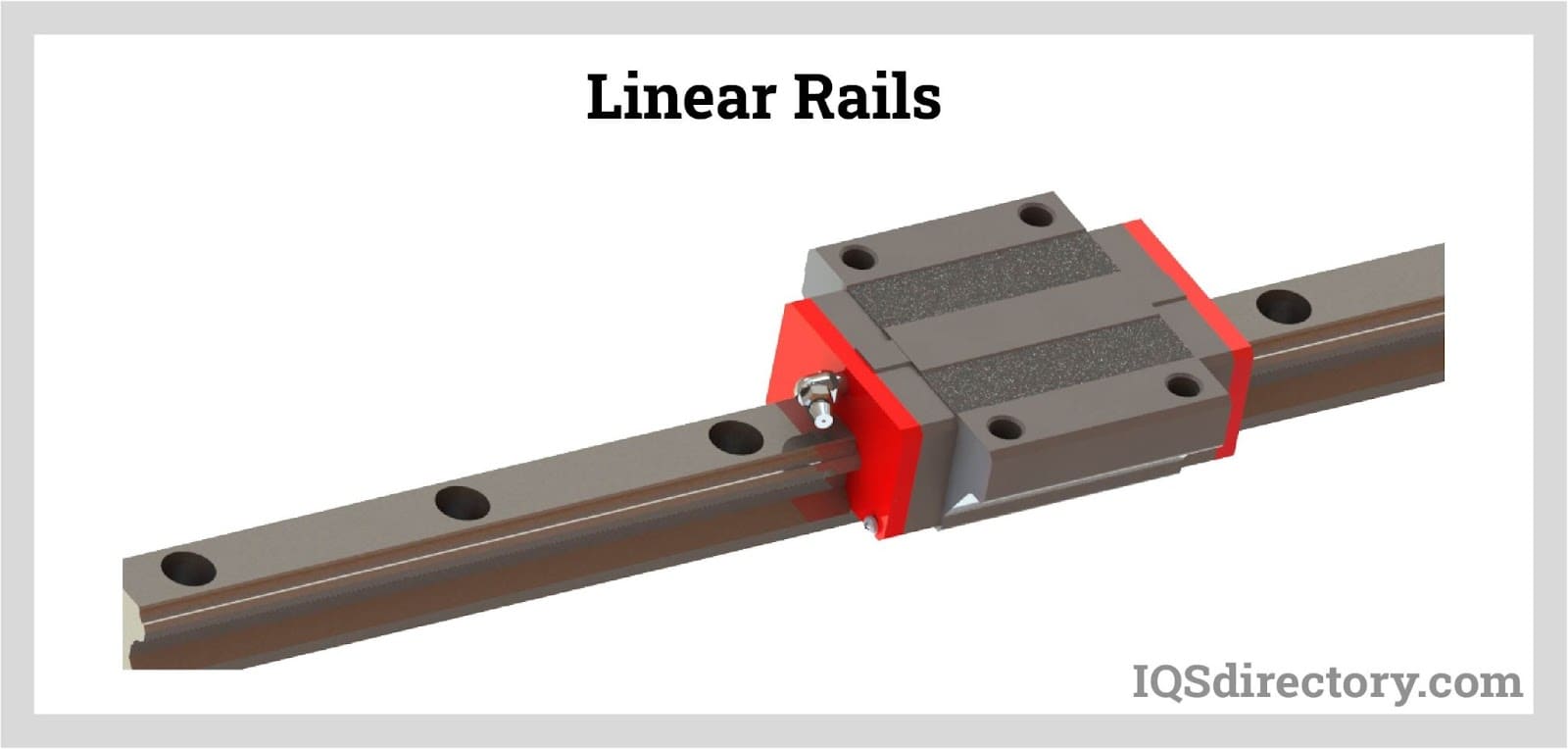
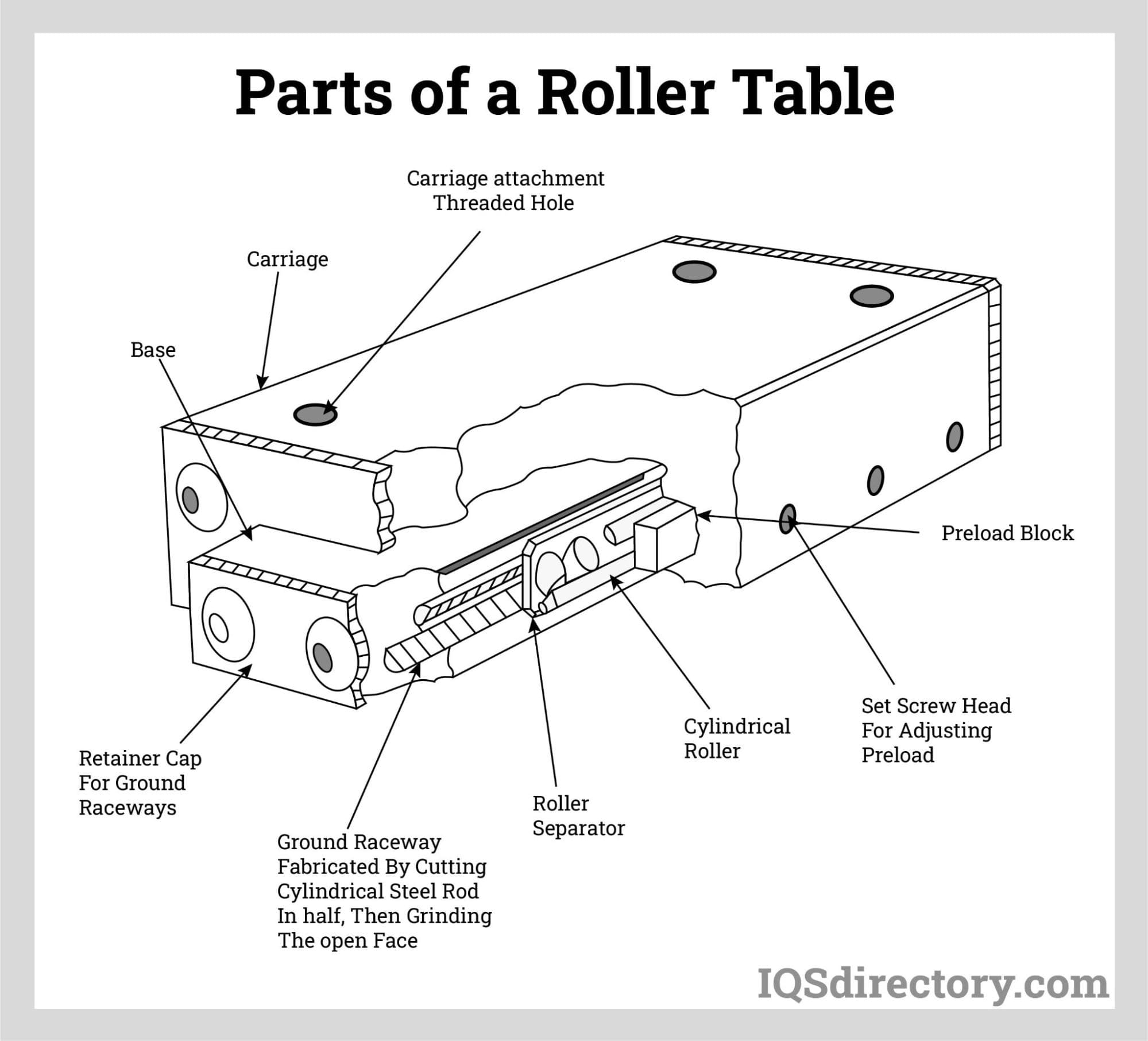
 Ball Bearings
Ball Bearings Ball Screws
Ball Screws Electric Motors
Electric Motors Friction Materials
Friction Materials Gears
Gears Quick Release Couplings
Quick Release Couplings Shaft Couplings
Shaft Couplings Speed Reducers
Speed Reducers Timing Belting
Timing Belting Castings & Forgings
Castings & Forgings Bulk Material Handling
Bulk Material Handling Electrical & Electronic Components
Electrical & Electronic Components Flow Instrumentation
Flow Instrumentation Hardware
Hardware Material Handling Equipment
Material Handling Equipment Metal Cutting Services
Metal Cutting Services Metal Forming Services
Metal Forming Services Metal Suppliers
Metal Suppliers Motion Control Products
Motion Control Products Plant & Facility Equipment
Plant & Facility Equipment Plant & Facility Supplies
Plant & Facility Supplies Plastic Molding Processes
Plastic Molding Processes Pumps & Valves
Pumps & Valves Recycling Equipment
Recycling Equipment Rubber Products & Services
Rubber Products & Services